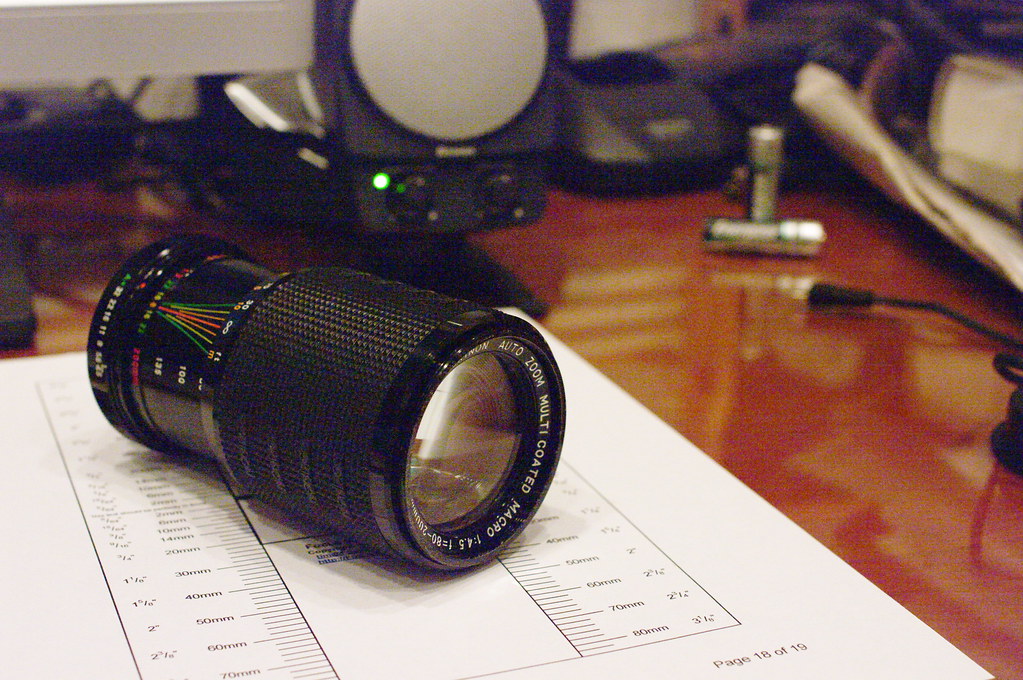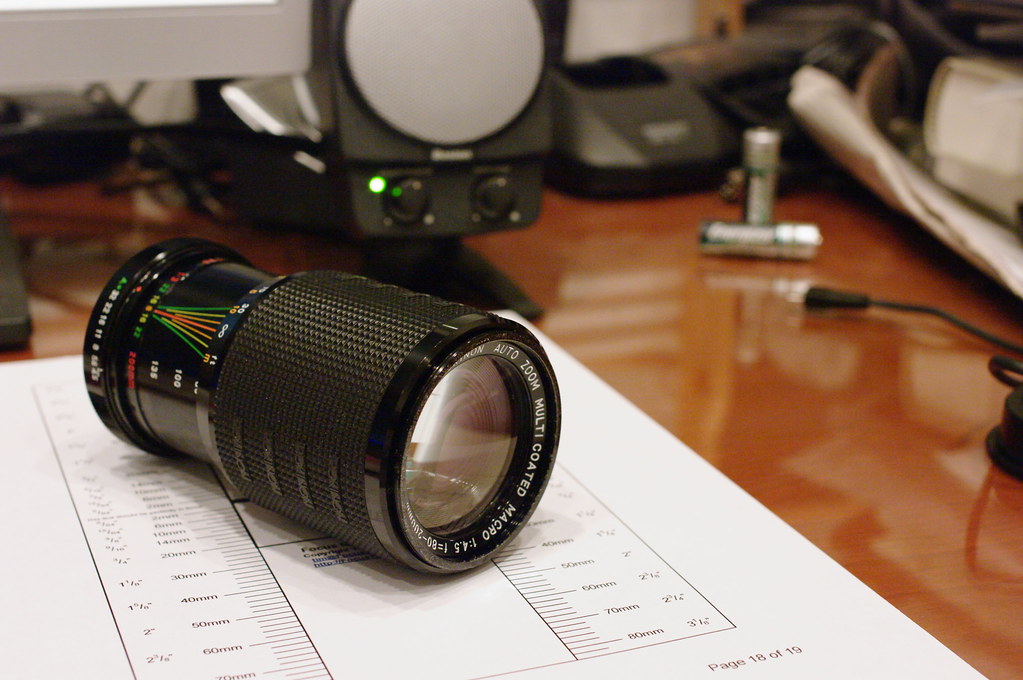 Originally posted by jbinpg
Originally posted by jbinpg 
You might be able to drag back about 1.5- 2 stops of overexposure in the highlights with RAW PP but there are no miracles. Too blown highlights are gone forever.
A lot of this discussion seems to presume that if you expose to the right, you are going to lose highlight data. This is just simply not true. Most scenes will fit well within the DR of the camera.
Were this not the case, slide film would never have worked, since digital sensors have a several stop longer range than slide film ever had.
If you expose to the right, then the entire scene range is being moved up the scale and away from the noise base.
This is a good thing, since it gives cleaner shadows when you bring the exposures down in post.
As long as nothing is clipped, then no highlight detail has been lost.
While the same thing could be said of the left side of the histogram, as you get closer to the low end of the DR, you are getting a mix of noise and detail, which is a bad thing, since often noise reduction will then kill whatever shadow detail was there.


 Similar Threads
Similar Threads 























